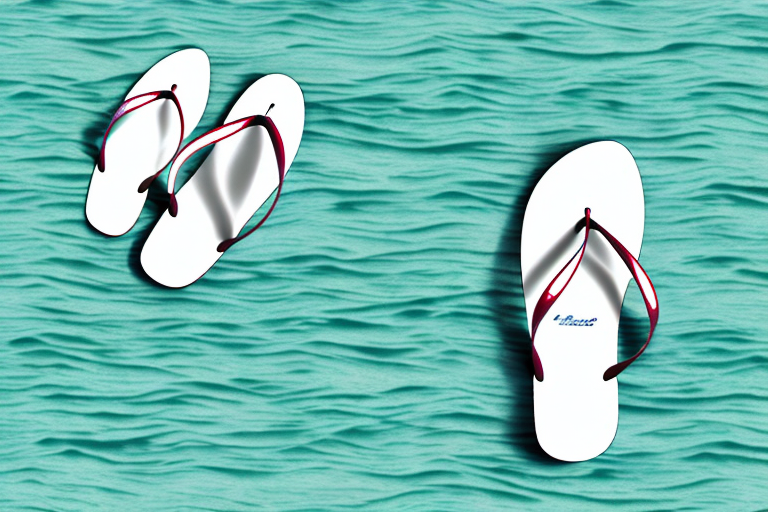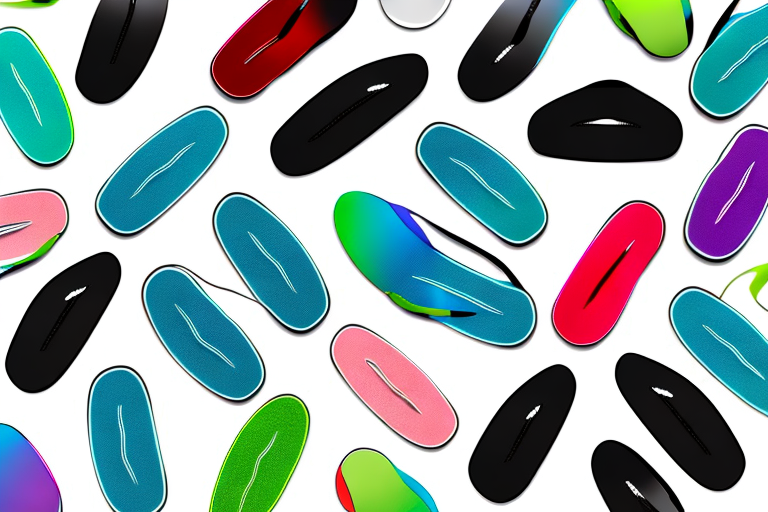Flip flops are a must-have accessory in summer. They’re the perfect option for beach days, pool parties, and outdoor activities. They keep your feet light and airy, allowing your skin to breathe. But as with any type of footwear, there are some pros and cons to wearing flip-flops. One of the greatest concerns for women is the possibility of developing blisters from wearing flip-flops.
The Pros and Cons of Wearing Flip Flops
Flip flops are an inexpensive, convenient, and comfortable type of footwear. They’re easy to slip on and off, so you don’t have to take the time to tie laces or Velcro straps. Flip flops also make your feet look attractive, particularly when you’re wearing a pedicure. However, there are some drawbacks to wearing flip-flops. It’s relatively easy for sand and other debris to get lodged between your toes, which can be uncomfortable and create further issues. Flip flops don’t provide much support for your feet and ankles either, so walking for long periods of time can be uncomfortable.
Impact of Flip Flops on Foot Health
Flip-flops can have a negative impact on foot health if they aren’t worn properly. Wearing them too often can actually weaken the ligaments and tendons in your feet. Poorly made flip-flops can cause problems such as plantar fasciitis or heel pain. When you walk in flip-flops, the pressure that’s placed on your feet can lead to problems with your arches or the formation of calluses. It’s also important to note that flip-flops can make your feet more susceptible to fungus or other problems, like athlete’s foot.
Preventing and Treating Blisters from Flip Flops
Thoroughly breaking in any new shoes or sandals is key to reducing the risk of blisters. As tempting as it might be to immediately slip into a brand new pair of flip-flops and wear them for hours on end, it’s better to start slowly and give your feet time to adjust. Wear your new flip flips for brief periods to begin with and gradually increase the amount of time spent in them. Doing so can help you prevent blisters, as well as any other potential issues.
If you do end up with a blister on your foot, it’s important to treat it properly. Clean the area with an antiseptic solution and apply a bandage to protect it from further irritation. Avoid popping or draining the blister. Doing so could lead to an infection or other complications.
Tips for Finding Comfortable Flip Flops
It’s important to invest in a quality pair of flip flops that are made with good materials. Poorly constructed flip flops can be rigid and hard, which may increase the risk of blisters. Buy flip flops with a thick sole that provide excellent cushioning for your soles. The straps should also be well padded for added comfort.
Common Causes of Blisters from Wearing Flip Flops
Blisters from wearing flip flops can be caused by a variety of factors such as poorly fitting footwear, poorly made shoes, sweat, and friction between your feet and the shoes. Make sure to choose footwear that fits properly and won’t rub against your skin. Wearing socks with your flip flops can help reduce friction and prevent sweat from building up on your feet.
The Benefits of Wearing Flip Flops for Women
Flip flops offer numerous benefits for women. They provide comfortable coverage in hot weather when you don’t want to wear closed-toe shoes. They also let air flow around your toes, which helps them stay cool and prevents sweat from accumulating. In addition, flip flops are lightweight, making them ideal for walking and travelling.
Best Practices for Avoiding Blisters from Wearing Flip Flops
To prevent blisters from wearing flip-flops, take the time to break in any new pair before wearing them for prolonged periods. Make sure the straps fit snugly but aren’t too tight, as this can cause friction. It is important to alternate between various types of shoes throughout the day, as this will help reduce pressure on any one area. If possible, stick to wearing flip-flops that have straps across the arch of your foot for additional support.
Alternatives to Wearing Flip Flops
If you’re looking for an alternative to wearing flip-flops, there are plenty of comfortable options available on the market today. Consider sandals or mules that have straps running over the top of the foot and around the ankle. Or opt for a pair of slip-on clogs made with soft material that provides plenty of cushioning and support. There are also numerous brands offering open-toe athletic shoes with good arch support.
Long-Term Effects of Wearing Flip Flops
Wearing flip-flops regularly, especially if they are not properly fitted or manufactured, can lead to long-term issues such as improper gait mechanics, knee and back pain, Achilles tendonitis, fatigue calves, or plantar fasciitis. It is important to take regular breaks from wearing any type of footwear in order to give your feet time to rest and recover.
Ultimately, wearing a proper fitting pair of flip-flops over a short period, such as when you’re going to the beach or pool, is not likely to cause any serious health problems or blisters. However, it’s important to remember that these types of shoes are not designed for prolonged use or for strenuous activities. Care should be taken who wearing flip-flops; listen to your body, opt for quality materials and designs, choose comfortable styles, and take regular breaks from wearing this type of footwear.



